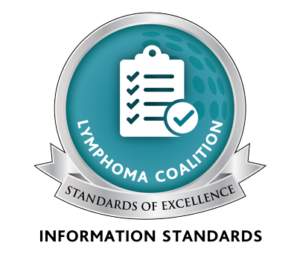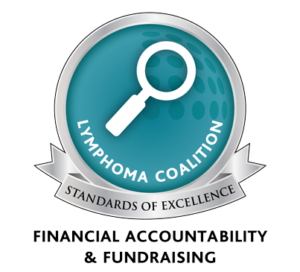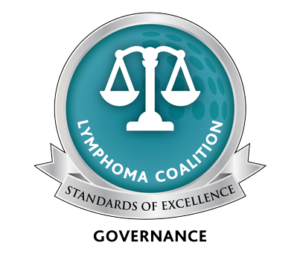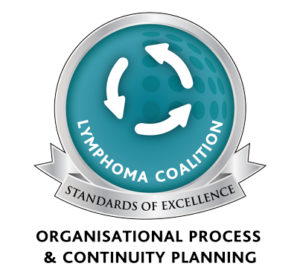Cancer cells tend to reproduce and grow rapidly. Therefore, even though the cancer appears to be contained to one tumour or swollen gland, it has almost always spread beyond its origin. In order to kill all the lymphoma cells present throughout the body, a systemic treatment plan of chemotherapy is the preferred method.
The treatment recommended for your Hodgkin lymphoma will depend mainly on the stage determined. Early-stage Hodgkin lymphoma (stages IA and IIA) is usually treated with a combination of chemotherapy and involved field radiation. People who are prescribed this kind of treatment usually start with a short course of chemotherapy followed by a course of involved field radiation. This type of radiation treats only the lymph nodes that are enlarged and limits the damage to healthy tissue in the area. Some patients with early-stage Hodgkin lymphoma may also be appropriately treated with chemotherapy alone (depending on the response that is observed following initial therapy).
People with advanced-stage disease (stages III and IV) are usually treated with combination chemotherapy (chemotherapy involving a number of different drugs). See the sections below to learn more about chemotherapy and radiation therapy.
Other factors will also be considered in choosing the best treatment for you including your age, your general health, whether or not you have ‘B’ symptoms (explained in Staging), the size of your lumps and which part of your body is affected. Research-based information gathered from hundreds of people around the world who have had Hodgkin lymphoma helps guide the doctor in recommending the best treatment for you. Remember, however, that no two people are the same. In helping you make the best treatment decision, your doctor will consider all the information available including the details of your particular situation.
Chemotherapy
Chemotherapy may be used as a cure, to prevent spreading, slow growth or kill cancerous cells that may have spread to other parts of the body, or relieve symptoms. It is the use of powerful anticancer drugs that are carried through the body in the bloodstream. Chemotherapy may be taken by mouth or injected into a vein, and is often chosen when cancer is present in different parts of the body. Often, a combination of drugs is prescribed to improve the chances for success. The names of different combinations of drugs are commonly derived from the first letters of each of the drugs used. A very common chemotherapy used to treat Hodgkin lymphoma is ABVD (Adriamycin, Bleomycin, Vinblastine and Dacarbazine).
Each drug targets the cancer in a different way, so a combination of chemotherapy drugs is more effective than a single drug in destroying the lymphoma.
Chemotherapy is usually given in several cycles (or courses) with a rest period of a few weeks in between each cycle. This allows the body to recover from the side effects of chemotherapy.
A typical chemotherapy regimen for Hodgkin lymphoma might involve six cycles of a combination of drugs, given over a period of six months. The actual number of cycles of chemotherapy you receive will depend on the type and stage of your Hodgkin lymphoma as well as your age and overall health.
Radiation
Radiation is used in localized areas to destroy cancer cells so they will not continue to spread. Radiation treatment is frequently used in addition to surgery or chemotherapy, and is usually applied in lymphoma through external high-energy ray beam or radioactive isotopes. Not all types of lymphoma respond to radiation treatment, therefore it will be up to your healthcare professional to determine if radiation is appropriate in your situation.
External radiation treatment is painless (similar to having an X-ray) and lasts for a few minutes. A complete course of treatment typically is five days a week for four to five weeks in an outpatient setting depending on the cancer type, tumour size and location in your body.
Stem-cell Transplantation
Stem-cell transplantation (also called a peripheral blood stem-cell or autologous bone marrow transplant) may be used in patients with relapsed Hodgkin lymphoma. In this type of treatment, some of your own bone marrow cells are removed before chemotherapy and given back to you afterwards. Stem cells are a group of cells within the bone marrow which are immature and grow and change into red blood cells, white blood cells and platelets.
Remember, you are a partner in your care and therefore it is important to understand your treatment plan – both for the treatment you will receive now and the treatment you may receive down the road should it become necessary. In some cases, the first treatment may affect the next treatment you will be able to receive. To see an overview of the treatment pathway, click on the following:
Hodgkin Lymphoma Treatment Pathway





